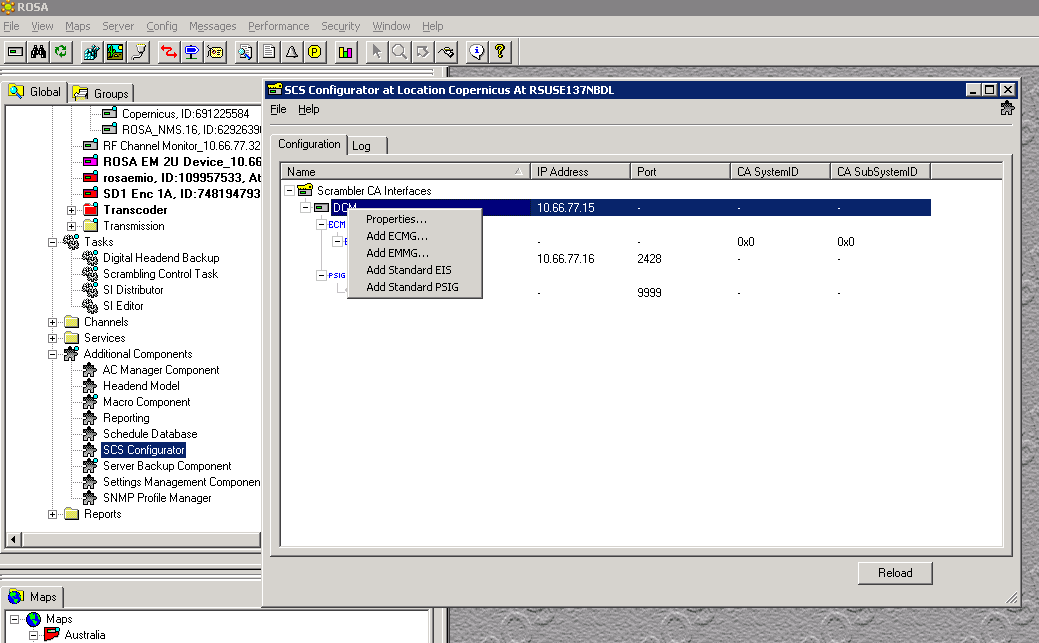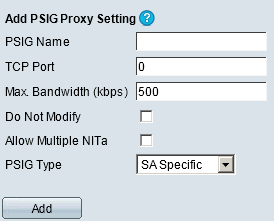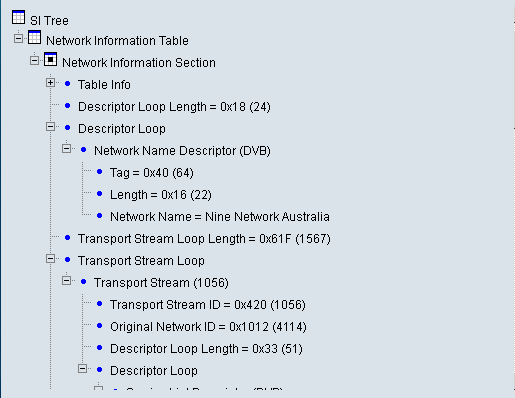- Cisco Community
- Technology and Support
- Service Providers
- Service Providers Knowledge Base
- How to import PSI/SI/PSIP tables in to DCM from ROSA NMS or ROSA SI Server
- Subscribe to RSS Feed
- Mark as New
- Mark as Read
- Bookmark
- Subscribe
- Printer Friendly Page
- Report Inappropriate Content
- Subscribe to RSS Feed
- Mark as New
- Mark as Read
- Bookmark
- Subscribe
- Printer Friendly Page
- Report Inappropriate Content
on 01-06-2014 07:27 PM
1. Introduction
There are various ways of providing PSI/SI/PSIP tables to an outgoing transport stream in a DCM. Tables can be passed from an incoming source or internally generated by DCM. Most of the Service Providers prefer to use an external SI source as it gives them the freedom to create and edit the tables as required.
The tables generated by the external SI source are then imported in to DCM via the PSIG to MUX interface. The import can happen from any external PSIG generator which supports the PSIG2MUX interface. Examples of external PSIG generators are ROSA SI Manager and SI Editor/Distributor tasks in ROSA NMS or ROSA SI Server.
This article describes the steps required for setting up SI Distributor either in ROSA NMS or ROSA SI Server to facilitate importing of SI in to DCM.
There are vaious ways to provide PSI/SI/PSIP information to an outgoing transport stream in DCM. The DCM itself can generate the tables, the tables can transparently passed from an incoming stream to outgoing stream or the tables can be imported from an external SI Generator via the PSIG2MUX interface. This article only deals with the PSIG2MUX import method.
2. References:
Rosa NMS User Guide
ROSA SI Distributor User Guide
IIOP Protocol User Guide
3. Software Requirements
Rosa NMS C/S on a server, ROSA SI Server or a PC with a Rosa SU license.
Rosa licenses for DCM driver and SI Editor/Distributor suite.
Following are the minimum version requirements:
- ROSA NMS or SU – V3.0 Build 18
- ROSA SI Server – V3 Build 5
- DCM software – V05.00.79
- Rosa DCM Driver – V03.00.23
- SI Editor/Distribtor – V03.00.28
- Scrambling Control Task – V03.00.09
4. Configuration steps
4.1 Install the drivers in ROSA
In ROSA (NMS or SI Server), install drivers for the DCM, SCS Configurator, Scrambling Control Task & SI Editor/Distibutor. Install the drivers using the procedure given in Chapter 6 of the Rosa NMS user guide, section “Installing Drivers” and make a task instance of the SI Editor/Distributor using the procedure given in the section “Making a Task Instance”.
4.2 Map the DCM in to ROSA
Rosa communicates with DCM using IIOP protocol. To map DCM in to ROSA, refer to the document “IIOP Protocol Driver user’s guide”. Using this procedure map the DCM in to ROSA and make sure that Rosa is in communication with the DCM.
4.3 Add a PSIG interface using SCS configurator
Under Additional Components in the Server Explorer of the ROSA system, right-click on the SCS Configurator and select Properties in the short-cut menu.

On the Configuration tab of the SCS Configurator screen that pops up, right-click on the DCM in question and select Add Standard PSIG in the short-cut menu. You will get the following screen:

In the PSIG Name box, enter a name for the PSIG.
In the TCP Port box, enter any four digit number.
Leave the maximum bandwidth at the default 500.
For the PSIG type, select SA Specific from the drop-down menu.
Click OK.
4.4 Add a PSIG proxy to DCM
On the DCM GUI, click on the Proxy link in the Configuration page and on the next page click on the PSIG tab.
Under “ Add PSIG Proxy Settings”, fill out the details for the PSIG proxy, matching those added above in ROSA SCS Configurator

Make sure to select SA Specific for the PSIG type.
The Do not Modify feature is useful if you do not want DCM to automatically change the version of NIT that it plays out. DCM will play out the NIT exactly as imported via the PSIG interface if you tick this option.
4.5 Use SI Distributor to import SI to DCM
On ROSA NMS (or SI Server), double-click on the SI Distributor task (or right-click and select properties.

On the SI Distributor GUI that open up, look for the DCM (in the Remuxes window) to which you would like to export the SI tables.
Drill down to the TS level and select the TS to which you would like to export the SI.
Right-click on the TS, select “Import SI Data from File”, select the SI file from your computer and click on “Open”.
Click on the Apply button at the bottom of the SI Distributor GUI.
On the Log tab, you can check if the file got imported to DCM.
5. Verifying the import on the DCM
On the DCM GUI, Service Tree View, right-click on the output stream and select “SI Settings”

When an SI table gets imported in to DCM via the PSIG interface, the mode for that table automatically changes to “Transp. Gen – PSIG”.
Click on the arrow for the specific table in the View column which will take you to a screen where you can view or export the SI table that is being played out of the DCM. Check the contents of the table to verify if it is the same as the one you imported.
The screen-shot below shows a sample of a NIT played out of DCM.

6. Common Issues
1. Minimum version requirements of ROSA server, ROSA drivers and DCM software should be met.
2. Licenses should be available for DCM driver and SI Editor/Distributor suite.
7. Additional Information
SI tables can be exported from DCM using SI Distirbutor, edited using the SI Editor and re-imported in to DCM.
On the other hand, SI tables can also be created from scratch using the SI Editor.
Find answers to your questions by entering keywords or phrases in the Search bar above. New here? Use these resources to familiarize yourself with the community: